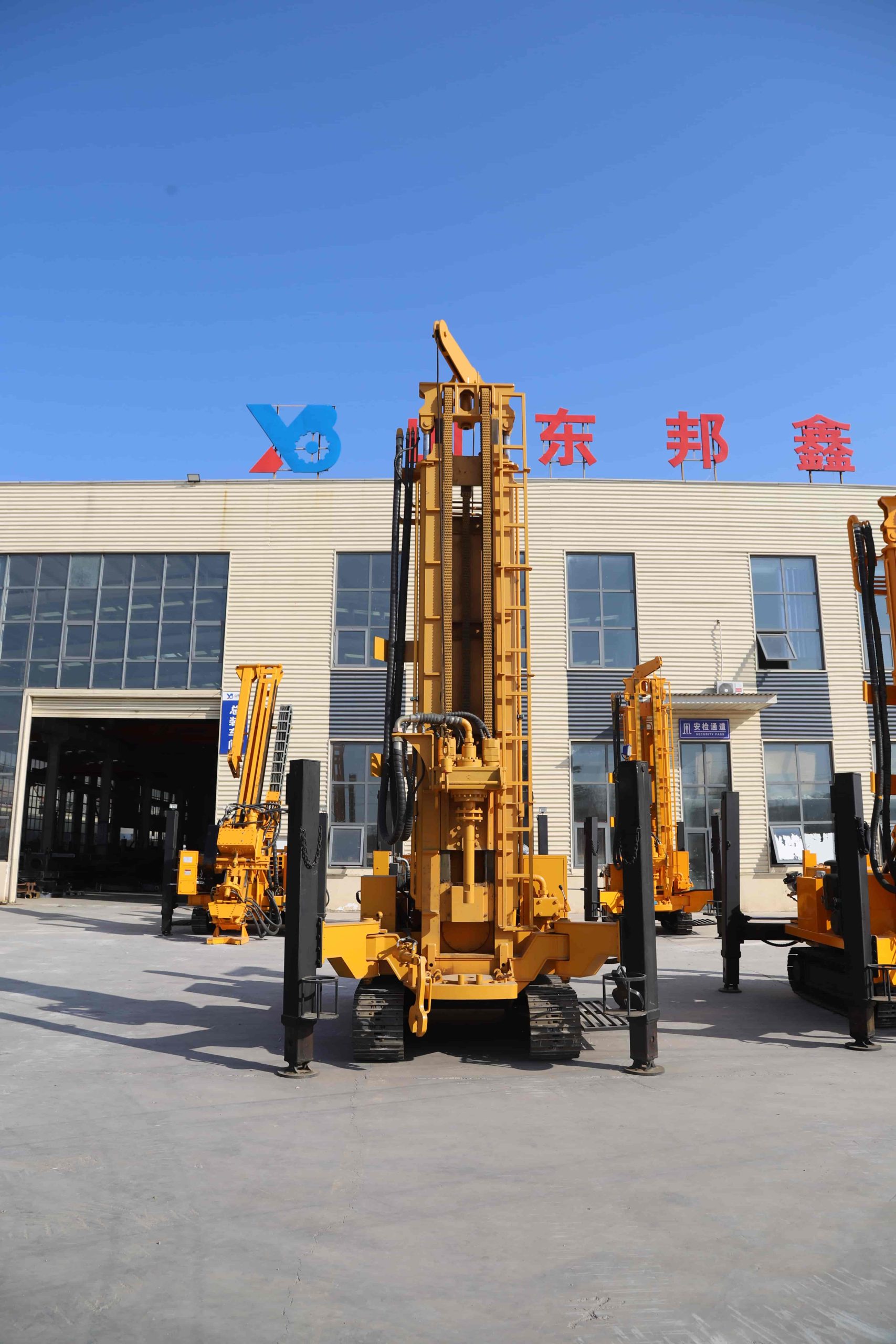The Importance of Water Well Drilling Rigs

Water well drilling rigs are complex machines designed to penetrate the earth’s surface and reach underground water sources. The process begins with careful site selection. Geologists and engineers conduct surveys to identify areas where the likelihood of finding sufficient groundwater is high. Factors such as the geological structure of the land, the presence of aquifers, and the water table level are all taken into consideration.
Once the site is chosen, the drilling operation commences. Different types of drilling rigs use various methods to create a borehole. Rotary drilling rigs, for example, rotate a drill bit at the end of a drill string. This circular motion allows the bit to cut through the soil, rock, or other formations. The drill string, made up of connected hollow tubes, not only transmits the rotational force but also provides a passage for the circulation of drilling fluid, commonly known as mud.
The drilling fluid serves multiple important functions. It cools the drill bit, which can heat up significantly during the drilling process due to friction. Additionally, the mud carries the rock cuttings, the small pieces of rock broken off by the drill bit, to the surface. This helps to keep the borehole clean and free from debris that could impede the drilling progress. Moreover, the drilling fluid helps to stabilize the walls of the borehole, preventing it from collapsing.
As the drilling progresses, continuous monitoring takes place. Engineers keep a close eye on parameters such as the rate of penetration, which indicates how fast the drill is advancing through the ground. The composition and size of the rock cuttings brought to the surface also provide valuable information about the subsurface formations. This data helps in assessing the quality of the potential water source and determining the best way to complete the well.
When the desired depth is reached, a casing is installed. The casing is a steel or plastic pipe that lines the borehole. Its main purpose is to prevent the walls of the borehole from collapsing and to keep out contaminants. Perforations are made in the casing at appropriate intervals to allow water to flow into the well while filtering out larger particles.
 Bangxin drilling rig
Bangxin drilling rig